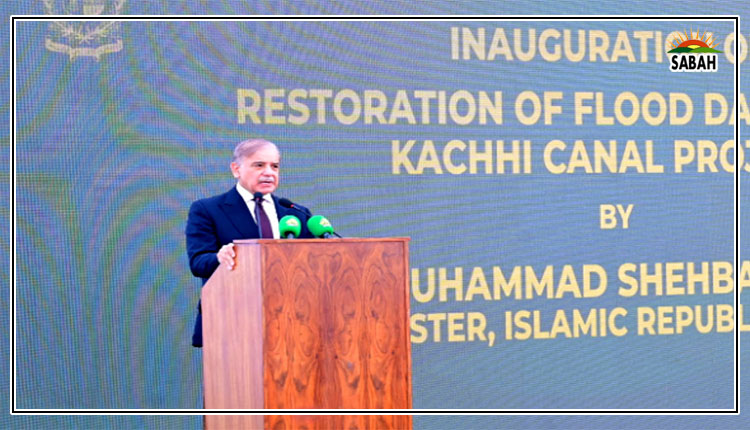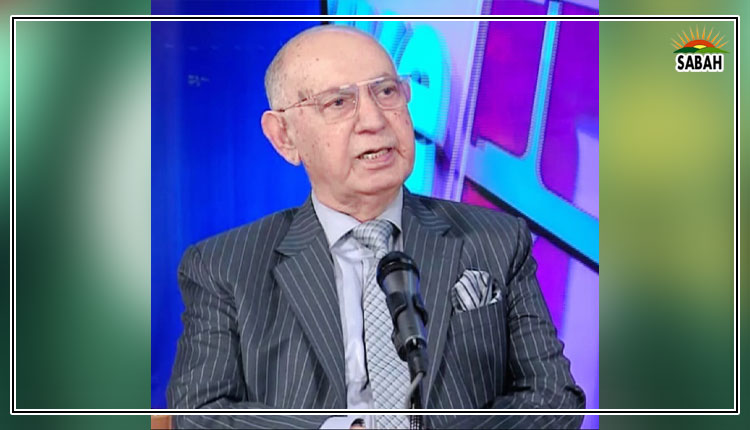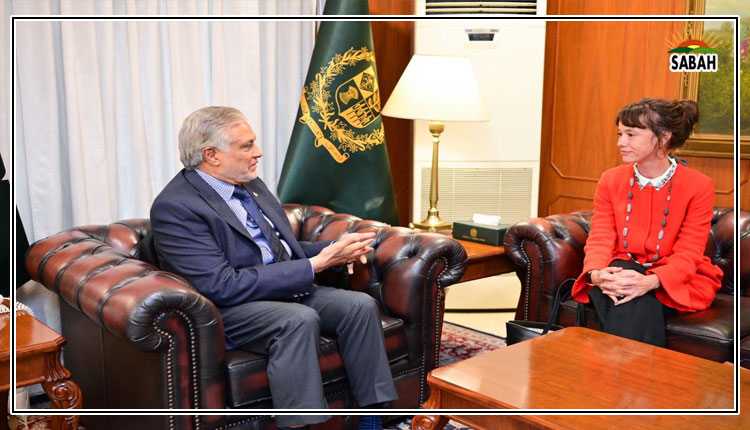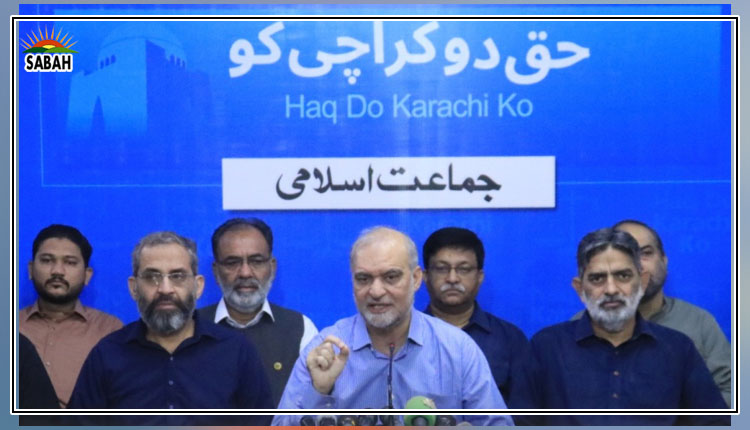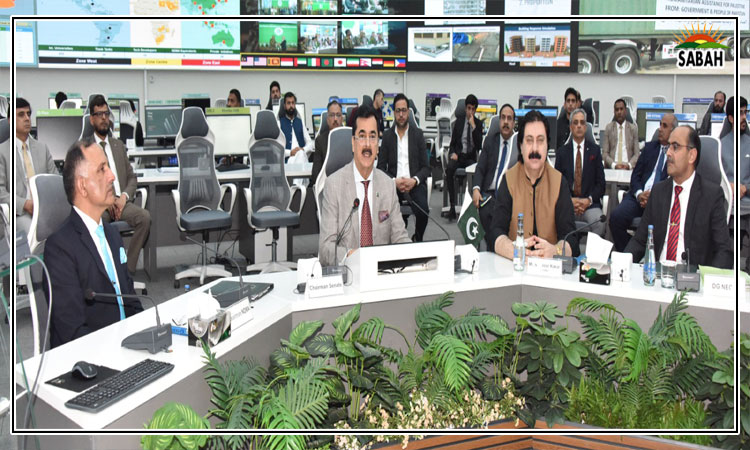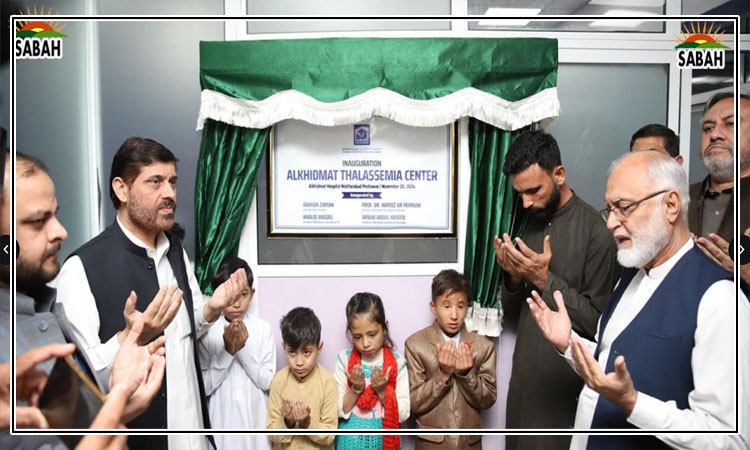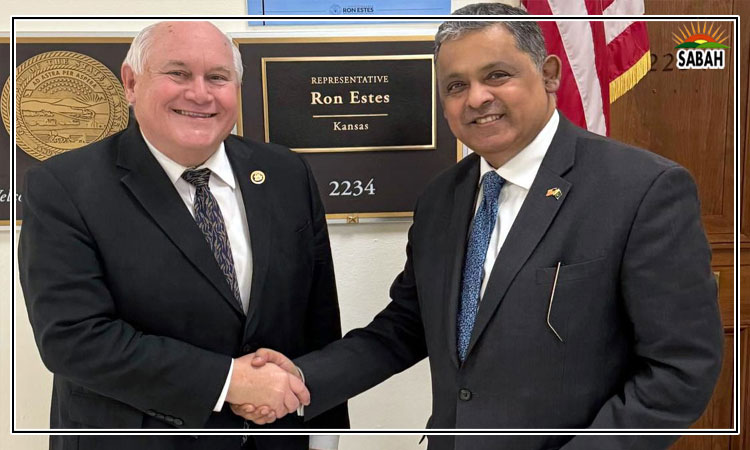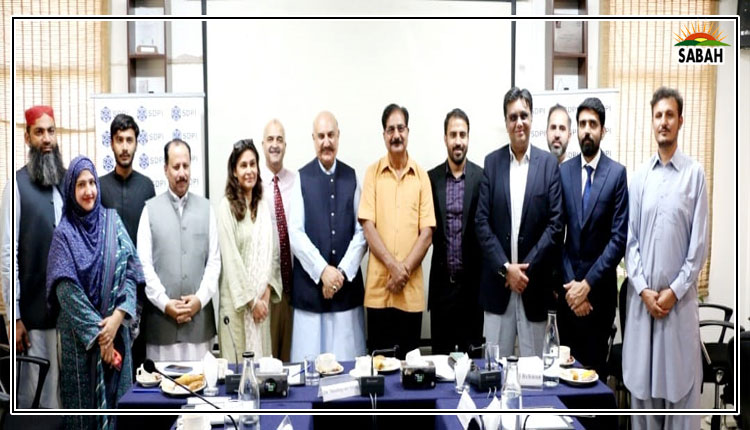Over 1200 youth opt smoking per day in Pakistan; needs special attention of stakeholders: Experts
ISLAMABAD, May 31 (SABAH): The Sustainable Development Policy Institute (SDPI) on Friday organized a special stakeholder discussion on World Tobacco Day under the theme of Protecting Children from Tobacco Industry Interference here to discuss strategies to prevent adolescent and youth from smoking.
Opening the discussion, Abdul Rahman, Director Operations, Punjab Food Authority (PFA) said without strict penalization and penalty to the violators no propitious outcomes were possible in stemming smoking among the youth. “Media and communications are important tools to create impact on hazards of smoking and guiding the youth to shun misleading concepts on opting smoking through health risks. Moreover, the universities should abstain from offering leniency towards smoking in its premises,” he said. The major consumption of tobacco was at educational institutions that could be managed through stringent punishments like business closures, he said.
Syed Ali Wasif Naqvi, Head of Policy, Advocacy and Outreach, SDPI in his presentation said as per the 2022 data, over 37 million adolescents aged 13-15 globally use tobacco. “In the WHO European Region, 11.5% of boys and 10.1% of girls in this age group are tobacco users. Notably, electronic cigarettes and nicotine pouches are increasingly popular among youth, with 12.5% of adolescents in the European Region using e-cigarettes in 2022 compared to 2% of adults,” he said.
Naqvi mentioned that with over 1200 children initiating tobacco use daily in Pakistan, and permeation of electronic tobacco and nicotine products in schools, colleges, and universities, the statistics from Pakistan are even more alarming.
The tobacco industry, he said targets youth to replace millions of customers lost annually to death or cessation. The industry employs appealing products and advertising tactics aimed at children and adolescents, using social media and streaming platforms, he added.
Dr. Minhaj us Siraj, CEO Health Syndicate said the tobacco industry was engaging with children through labour in the tobacco fields, whereas those kids were not able to enter schools to acquire education for life. He also mentioned “green leaf disease”. He underlined that the exposure of adolescents to dangerous chemicals in tobacco processing was causing severe health complications among them. He added that child protection from tobacco industry needs to be started from the fields.
Dr. Siraj underlined that SRO 2024 implementation needs to be done in true letter and spirit, whereas his organization during the advocacy and awareness efforts had approached mosques to flag the issue in jumma sermons, and also in 2020 it was highlighted in Makkah, Kingdom of Saudi Arabia’s Harmain Sharifain (The Two Holy Mosques).
He pointed out that online sale of tobacco products was a major challenge at present as it was going unchecked. “Lancet journal’s study claimed that developed countries were involved in suppressing less developed countries achieving positive results in smoking reduction efforts. Pakistan is among the 28 countries where the tobacco ending game is near and also leading in Eastern Mediterranean region in 2023,” Dr. Siraj mentioned. He highlighted that without the civil society’s support no achievement in this cause was possible.
Dr. Amina Khan, Executive Director, The Initiative, said, “Generally 1 out of 3 people die of tobacco who do not quit tobacco use or smoking, whereas 1200 children between the age of 6-15 start smoking every day in Pakistan. Two out of five adult smokers start smoking at the age of 10 which rings alarm bells for all to start focusing on the toddlers.” She noted that the policy and implementation of Pakistan was ranked very well globally whereas it should be kept abreast with the emerging trends of the tobacco industry as modern products like vapes, velo, and smokeless tobacco products are introduced that don’t fall under the legislation. To protect youth, she said the availability of single cigarettes, advertisement, and prevention needs to be given a high priority in the enforcement, policy, and awareness endeavours.
“Youth engagement in policy-making is important to devise policy actions that are well guided and properly conceived in line with the ground realities to bear optimum results,” she added.
Muhammad Aftab Ahmed, Project Manager Tobacco Control Cell at MoNHSR&C said the government is working on introducing the first smoke-free model for youth in the federal capital to promote “no smoking” culture among the juvenile and youth. Ahmed, said the SRO 72 of 2020 has not been implemented completely which could help remove cigarettes from the racks of the shopkeepers whereas presently the focus is on reducing advertisements of tobacco products, increasing taxes, and embracing a paradigm shift over a tobacco-free generation. He said the government was intending to levy a 30% increased tax on tobacco products in this budget.
Dr. Waseem Janjua, Research Fellow, SDPI said the tobacco industry was increasing misleading tactics through advertisements promoting tobacco products that were trapping the innocent youth of the country. He said according to a study in the US, the tobacco industry was pumping in $7.62 billion in lieu off tobacco promoting advertisements that indicated the massive magnitude of capital investment to mislead masses on smoking.
Secretary General PANAH, Sanaullah Ghumman said the responses to challenges and crises mattered in the fight against tobacco risk and other issues. He added that awareness and advocacy were an expensive and time-consuming laborious task that could be replaced with the option of increasing penalties for smoking and tobacco usage amongst children which could more encouraging outcomes.
“Over 100 countries have increased taxes on cigarettes making it inaccessible for children that can help protect the 1200 children at risk,” he said.
In his vote of thanks, Khurram Hashmi said the session was a much-needed discussion on World No Tobacco Day that helped convene the experts for their insights that should be promoted further in the policy and community circles.


